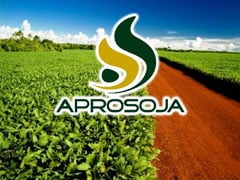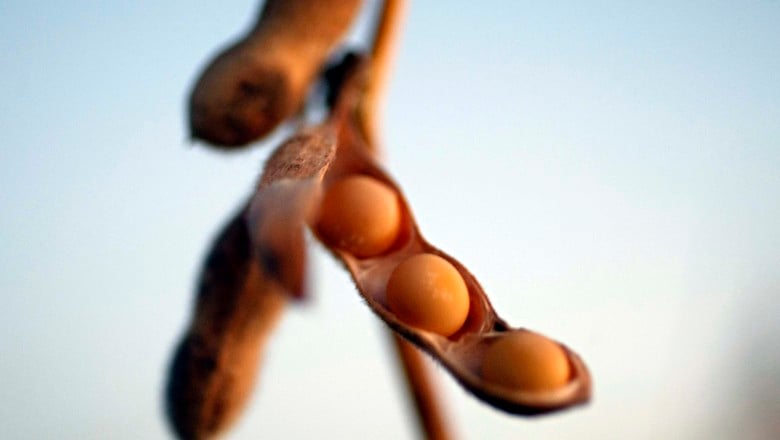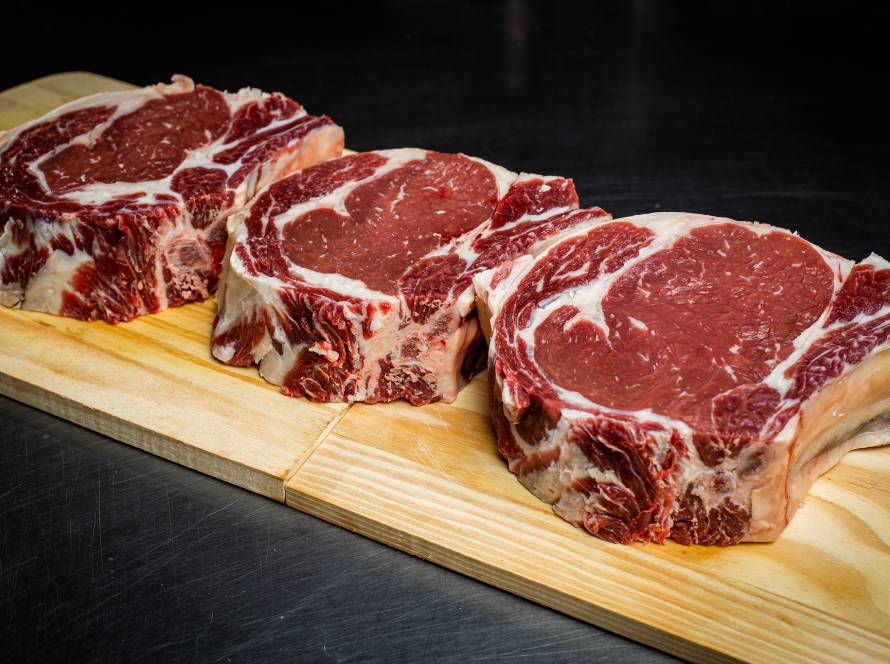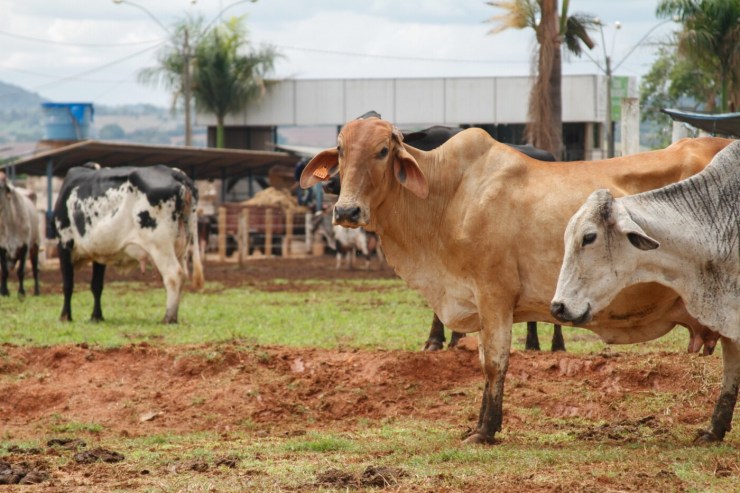On Tuesday (August 12), the America Climate and Market series of the Mato Grosso Soybean and Corn Producers Association (Aprosoja MT) traveled to the state of North Dakota. In the morning, the team made a technical visit to North Dakota State University, where they spoke with professors Carlos Pires and Leandro Bortolon, experts in soil health in the region.
The state boasts a diversified agricultural landscape, with approximately 95% of family-owned properties spread across 15.7 million hectares and over 24,000 farms. In addition to soybeans and corn, the state's production includes wheat, sunflowers, canola, honey, beans, peas, barley, and other crops. The main challenges to production include wind erosion, weeds such as kochia and waterhemp, and natural soil salinity.
According to Professor Carlos Pires, the university works very closely with farmers, with research focused on practical needs.
"We work extensively with on-farm research, seeking to bring to our experiments precisely the questions producers want to answer. This allows for a natural partnership, as we provide producers with the information they truly need. In 2023, we conducted a survey across the United States, involving more than 250 producers from 15 states, and found that, for 60% of them, universities are the primary source of field information. Our focus is on answering practical questions that arise in day-to-day production, and this process further strengthens partnerships. Similar to what happens in Brazil, funding for this research comes from the producers themselves. They are the ones who decide how the resources will be applied," Carlos highlighted.
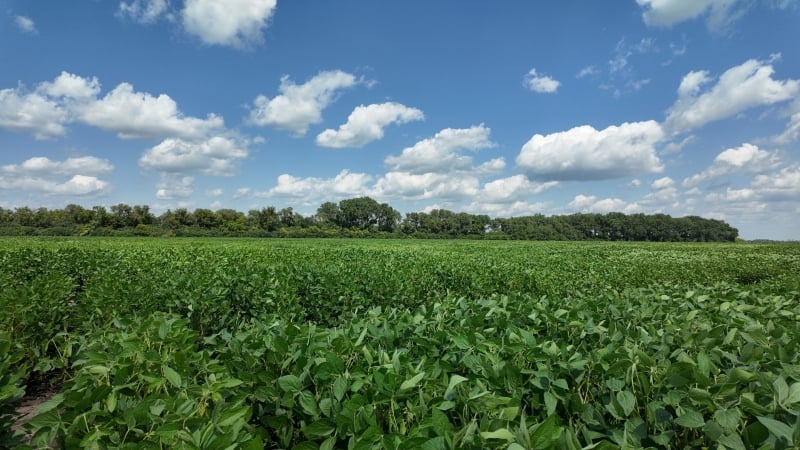
Diego Bertuol, Aprosoja MT's administrative director, points out that Mato Grosso also has structured initiatives to bring research closer to the producer's reality. One example is the work developed by the organization's two research centers, Ctecno Parecis and Ctecno Araguaia. Created and maintained with resources from the members themselves, these centers conduct field experiments, validating technologies and management practices that meet the specific needs of the state's producing regions.
"At Aprosoja MT, we maintain two research centers that serve as a reference for our more than 9,000 members. We constantly strive to generate information to help producers improve their soybean and corn production. Therefore, it was also very interesting to visit the University of North Dakota and see how they have a structured research system focused on the field," said Bertuol.
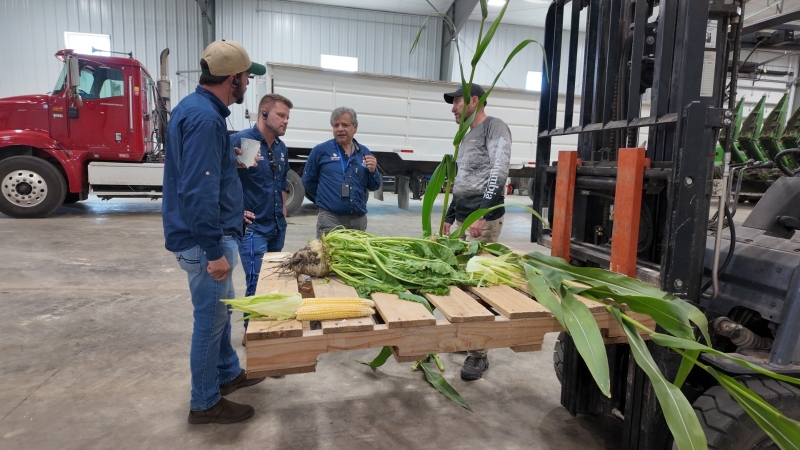
Professor Leandro Bortolon also reported that North Dakota has a wide variety of productive environments and that the climate poses specific challenges.
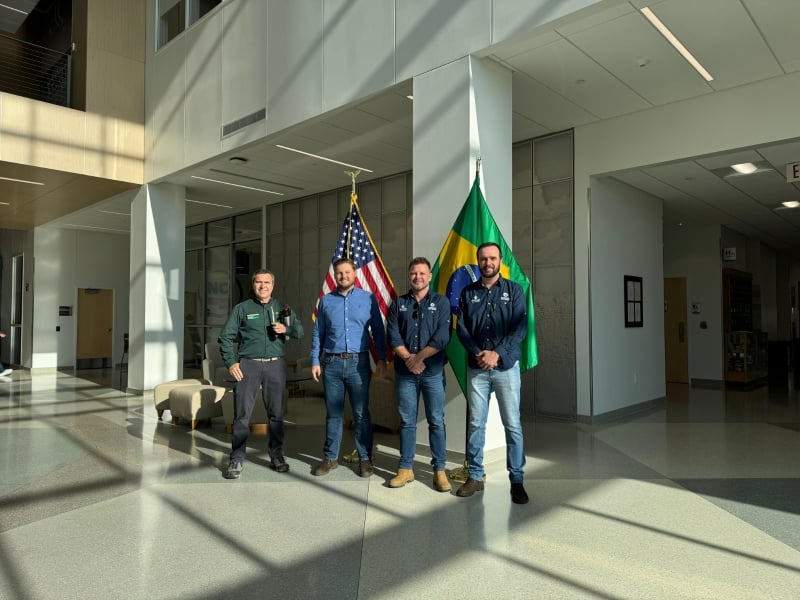
"North Dakota, as a whole, presents a lot of variation in production environments. If we were to list the main challenges we face, the first would always be rainfall. It can be limiting when it comes to determining planting dates, as we have a very short window and we need to optimize this period as much as possible. Furthermore, we face a chronic problem throughout the state: soil salinity. We constantly seek options to guide producers on how to deal with this condition and optimize land use. However, comparing last year's harvest with this one, this year, at the beginning of soybean planting, we experienced a bit of a water shortage. However, as we know, soybeans don't require much at this early stage. Here, we usually say that production depends on rainfall between August and September. And, fortunately, it has been satisfactory. The result is soybeans with good growth, well-bundled, and a good number of nodes and pods. Therefore, I believe this year we will have an above-average harvest across the state," Leandro noted.
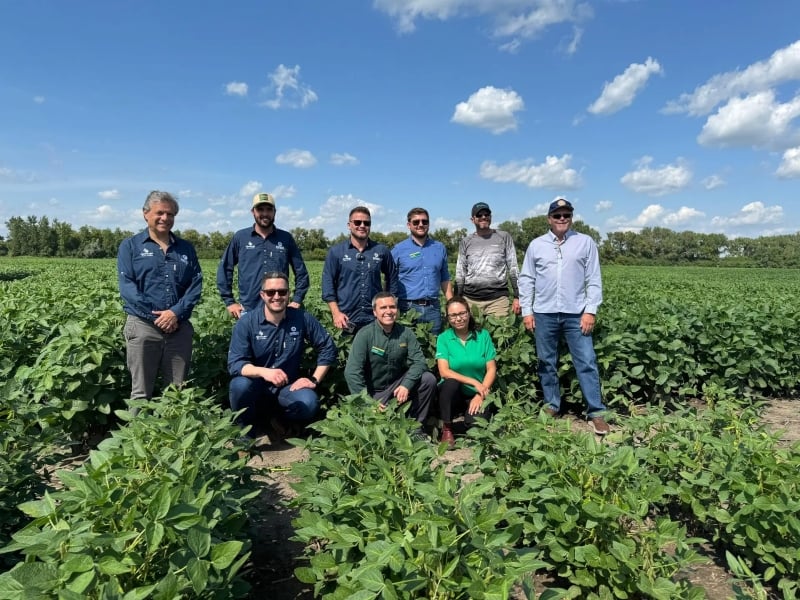
In the afternoon, the Aprosoja MT team visited Dallas Loff's property, a producer in Wahpeton, accompanied by the North Dakota Soybean Growers Association. In the field, they were able to observe the development of soybeans and corn. Bertuol also noted that, unlike states like Iowa and Illinois, the average soybean yield in North Dakota is around 40 bags per hectare, with the oilseed often used as an alternative crop rotation alongside corn, canola, and sugar beets.
"I grow soybeans, corn, and sugar beets, and this year we had a very productive harvest across all three crops. For corn, we should achieve similar results to last year, around 210 bags per hectare. For soybeans, we don't expect numbers as high as in the previous cycle, projecting a drop of around 10%. Still, even with this reduction, which is more difficult to estimate before harvest, productivity should remain above the regional average," said producer Dallas Loff.
The America Climate and Market series continues this Wednesday (13.08) to South Dakota, where the team will continue monitoring crops and analyzing productivity.

